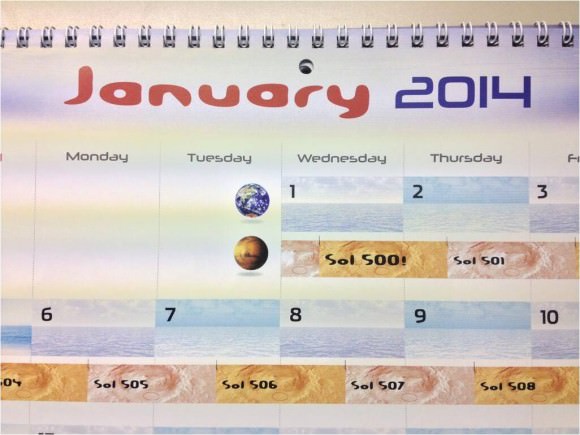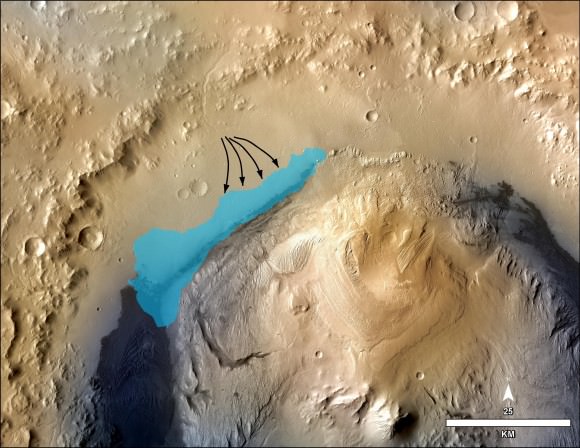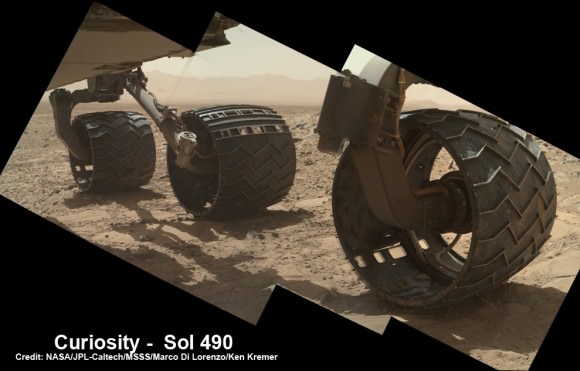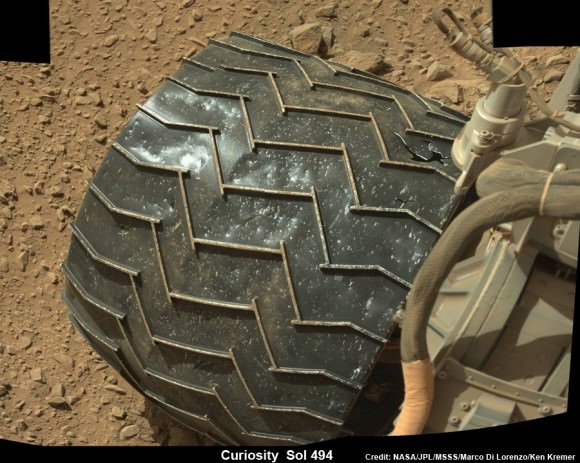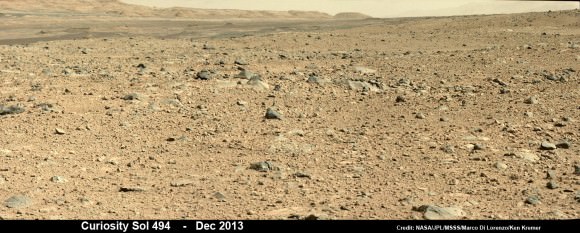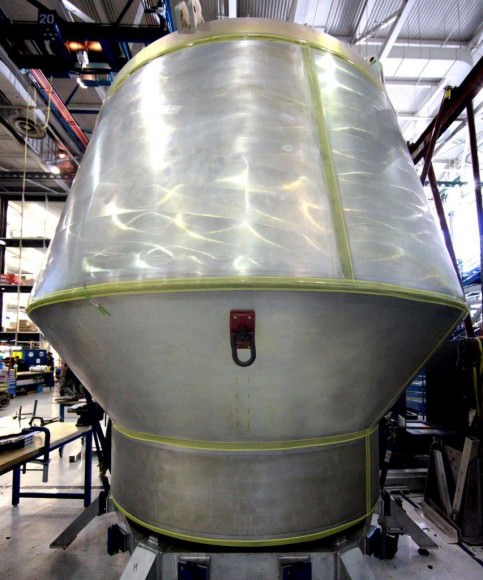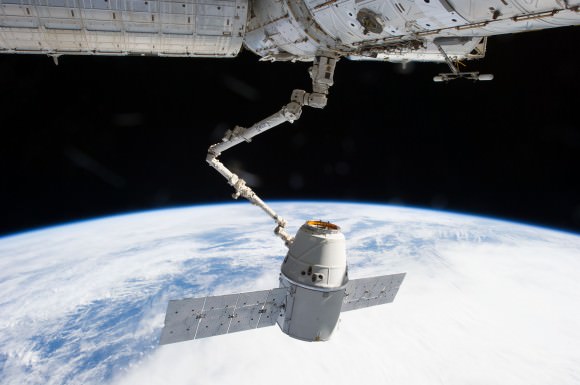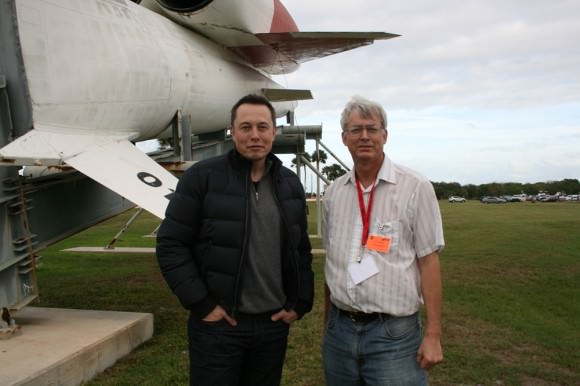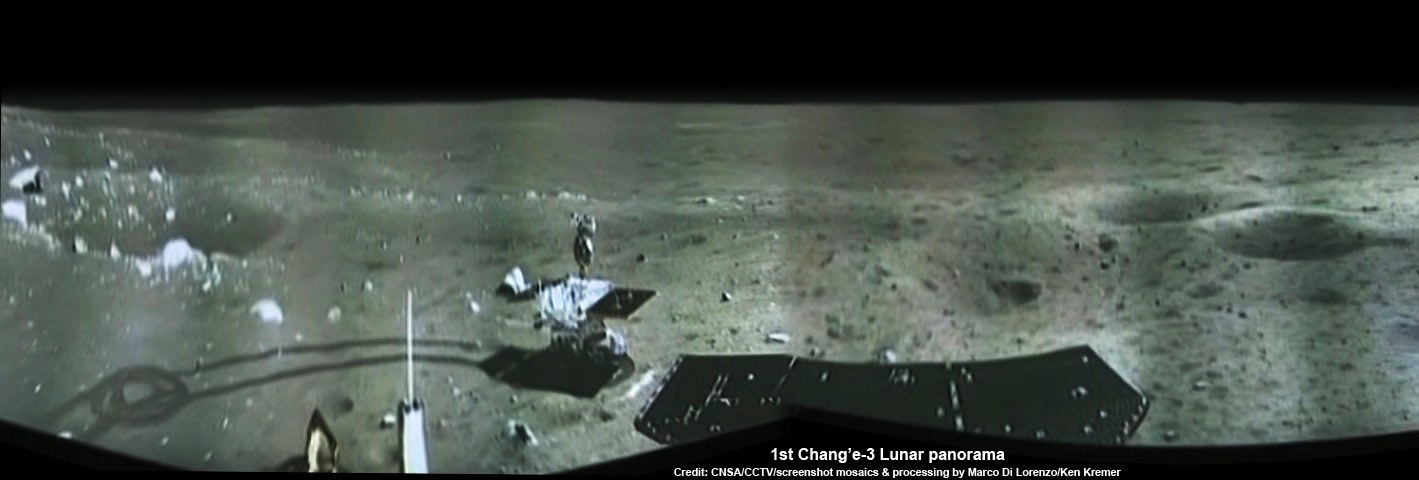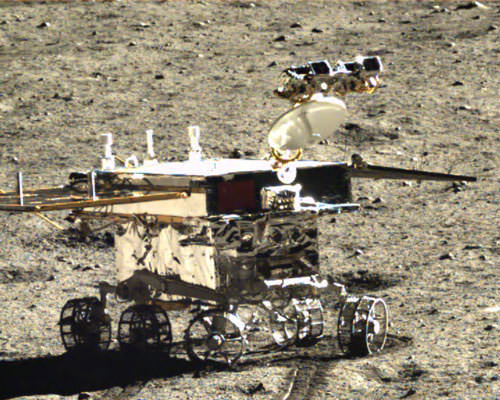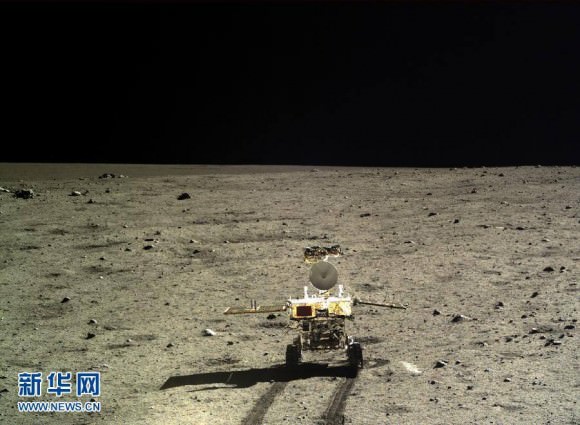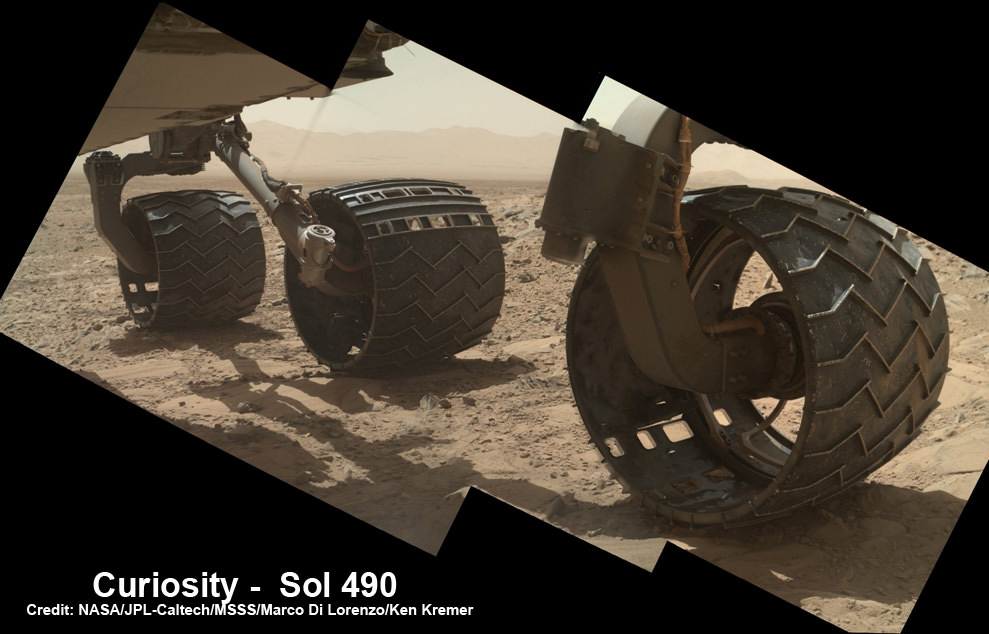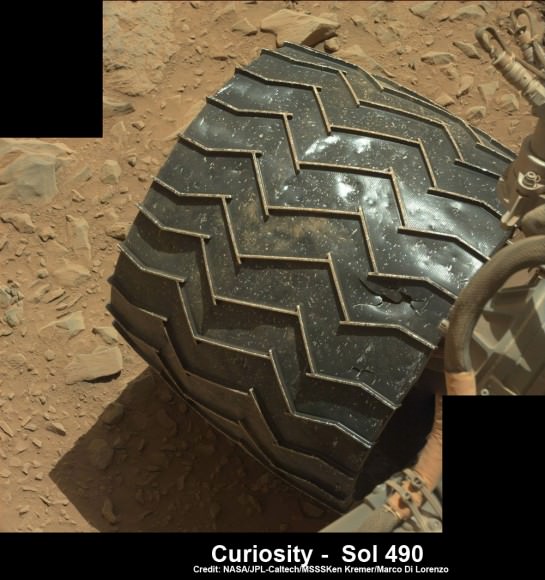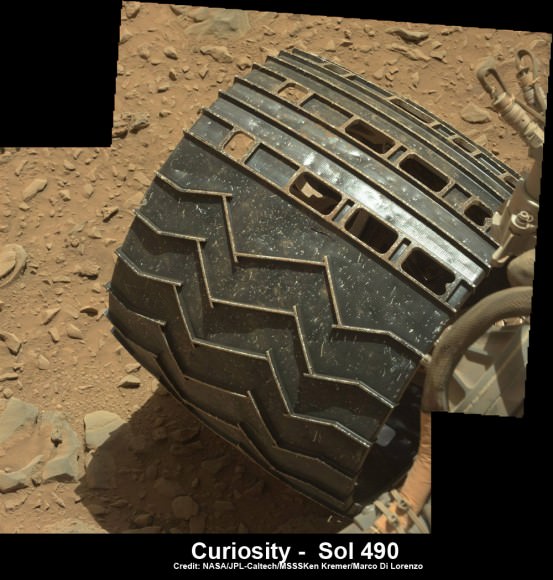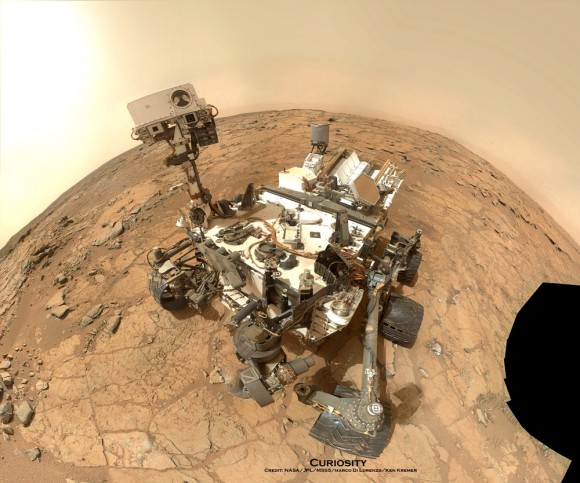UPDATE: Orbital announced the Antares launch today (Jan. 8) has been scrubbed because of solar activity. More info on the issue and a new launch date will be forthcoming.
Update: NASA and Orbital have set Thursday, Jan. 9 as the new Antares launch date. Liftoff is targeted for 1:07 p.m. (EST) Watch the launch live, below.
WALLOPS ISLAND, VA – Launch managers gave the “GO” for launch of the private Antares/Cygnus rocket to the space station on Wednesday, Jan. 8, even as the polar vortex swept in bone chilling cold to the launch site on the Virginia shore and across much of the United States.
At a launch readiness review today (Jan. 7), managers for spacecraft builder Orbital Sciences approved the launch, pending completion of a few remaining items, said Mike Pinkston, Antares program director for Orbital, at a media briefing today.
The commercial Antares rocket is launching the Cygnus cargo spacecraft on its first operational mission bound for the International Space Station (ISS) with a huge bounty of science experiments.
Live streaming video by Ustream
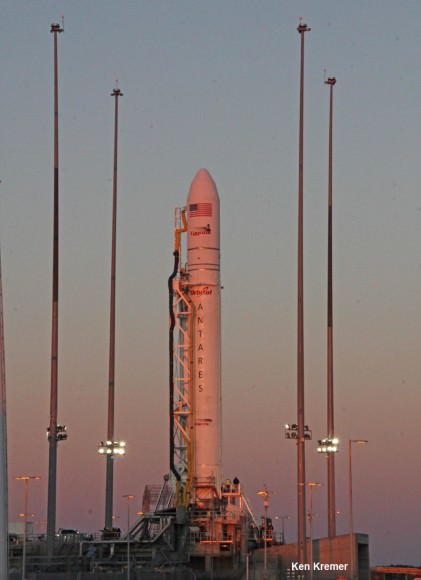
There is only a 5 minute launch window that extends to 1:37 p.m.
The launch of the two stage, 133 foot tall Antares could put on a spectacular sky show.
Antares blastoff may be visible to millions of spectators up and down the US East Coast spanning from South Carolina to Massachusetts – weather permitting.
Read my complete launch viewing guide – here.
The Antares launch comes amidst the unprecedented, unrelenting and dangerous cold arctic air mass sweeping across the US.
Frigid, high winds buffeted the rocket and launch site all day today as technicians continued last minute preparations, taking care to insure safety for the rocket and themselves.
But tonight Antares and Cygnus were glistening beautifully under star lit skies during my up close visit to the launch pad.

The launch was originally scheduled for Tuesday, but was postponed a day to Wednesday because the rocket is only certified to lift off when the temperature is above 20 degrees Fahrenheit, said Frank Culberton, executive vice president and general manager of Orbital’s advanced spaceflight programs group.
Today’s temperatures at Wallops were only in the single digits and teens and felt much lower with the blustery conditions all day long.
Temperatures are expected to ‘skyrocket’ to the balmy 30’s on Wednesday.
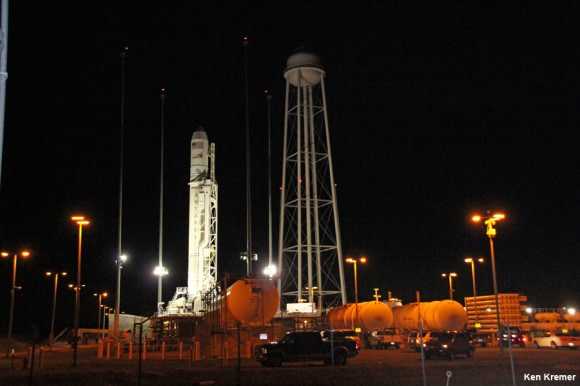
There is a 95 percent chance of favorable weather at the time of launch, NASA said. High, thick clouds are the primary concern for a weather violation, but they are minor.
Both the Antares and Cygnus are private vehicles built by Orbital Sciences under a $1.9 Billion supply contract with NASA to deliver 20,000 kilograms of research experiments, crew provisions, spare parts and hardware to the ISS.
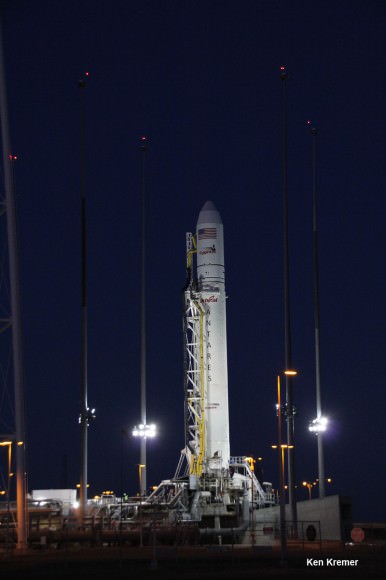
Orbital Sciences commercial competitor, SpaceX, is likewise under contract with NASA to deliver 20,000 kg of supplies to the ISS with the SpaceX Falcon 9/Dragon architecture.
Both the Orbital Sciences Antares/Cygnus and SpaceX Falcon 9/Dragon vehicles were developed from the start with seed money from NASA in a public-private partnership.
A total of eight Antares/Cygnus missions to the space station are scheduled over the next two to three years by Orbital under its Commercial Resupply Services (CRS) contract with NASA.
This launch follows a pair of successful launches in 2013, including the initial test launch in April and the 1st demonstration launch to the ISS in September.
Cygnus is loaded with approximately 2,780 pounds / 1,261 kilograms of cargo for the ISS crew for NASA including science experiments, computer supplies, spacewalk tools, food, water, clothing and experimental hardware.
Among the research items packed aboard the Antares/Cygnus flight are an experiment to study the effectiveness of antibiotics in space and a batch of 23 student experiments involving life sciences topics ranging from amoeba reproduction to calcium in the bones to salamanders.
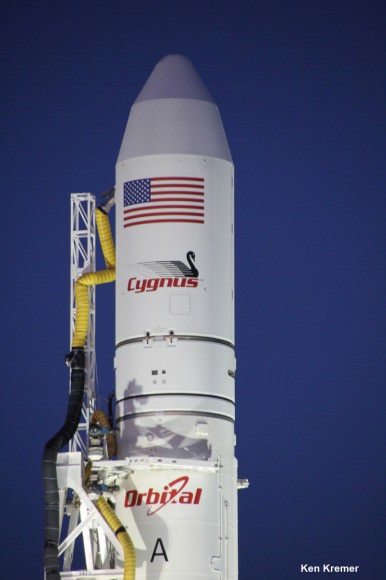
So you can watch the launch either with your own eyes, if possible, or via the NASA TV webcast.
NASA Television coverage of the Antares launch will begin at 1 p.m. on Jan. 8 – www.nasa.gov/ntv
A launch on either Jan. 8 or Jan. 9 will result in a grapple of Cygnus by the Expedition 38 crew aboard the station on Sunday, Jan. 12 at 6:02 a.m. EDT.
Watch for my ongoing Antares launch reports from on site at NASA Wallops.
Stay tuned here for Ken’s continuing Orbital Sciences, SpaceX, commercial space, Chang’e-3, LADEE, Mars and more news.
…………….
Learn more about Orbital Sciences Antares Jan. 8 launch, SpaceX, Curiosity, Orion, MAVEN, MOM, Mars rovers and more at Ken’s upcoming presentations
Jan 7-9: “Antares/Cygnus ISS Rocket Launch from Virginia on Jan. 8” & “Space mission updates”; Rodeway Inn, Chincoteague, VA, evening
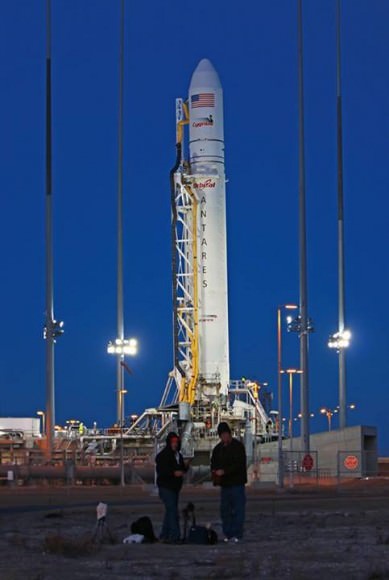



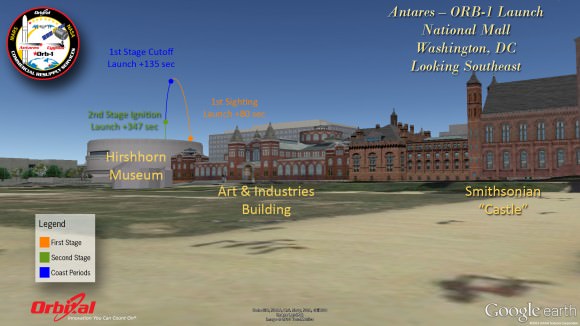
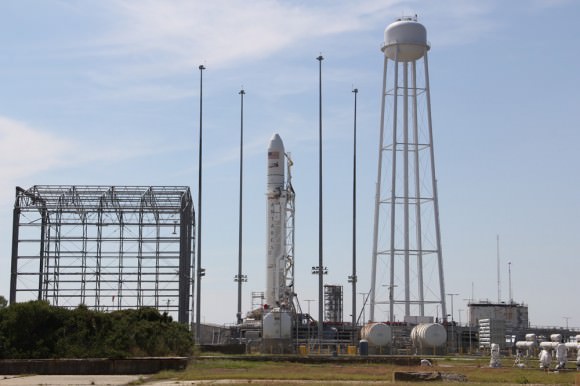
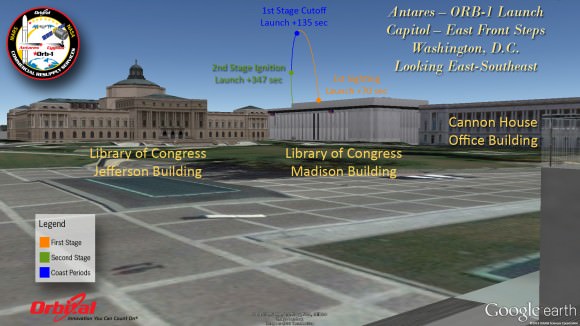
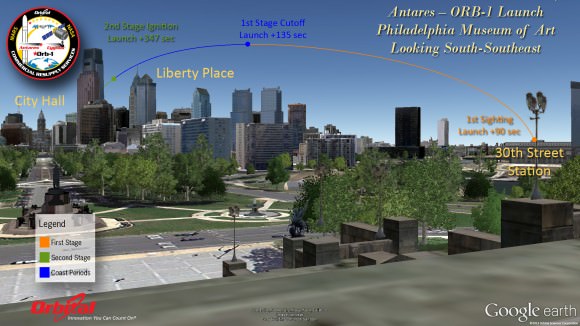
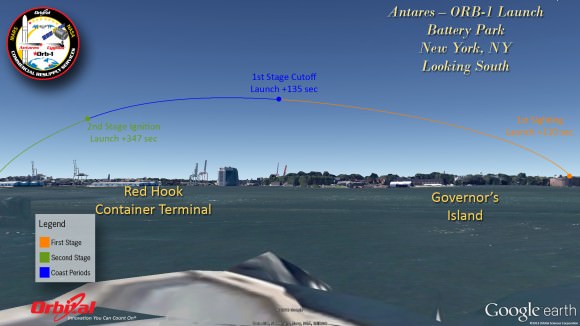
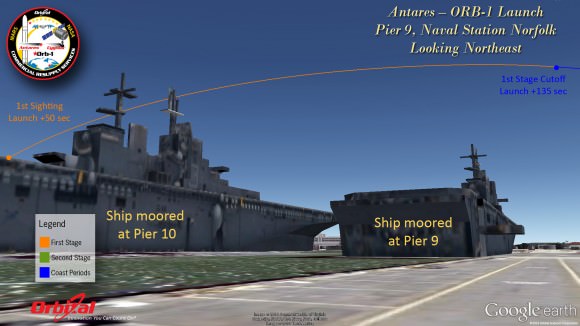
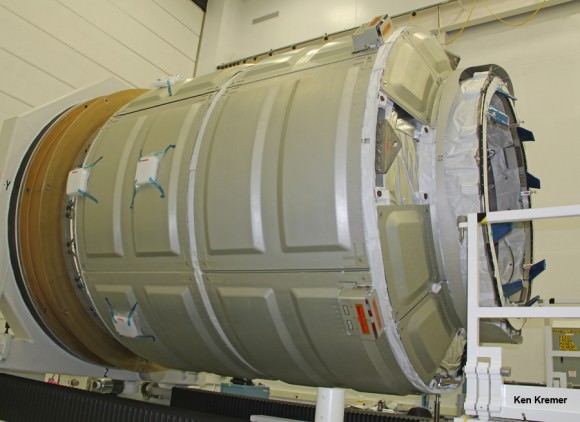
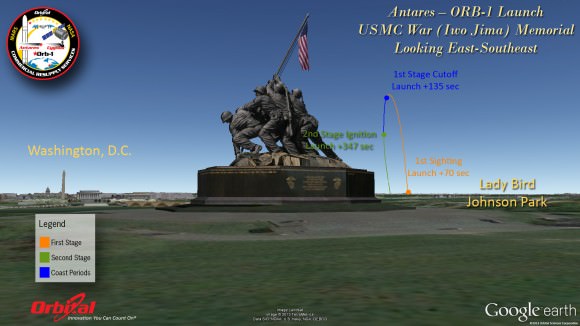
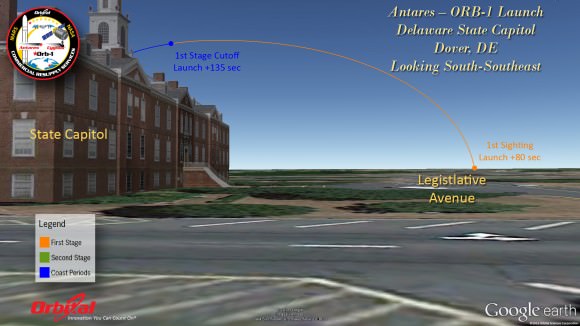
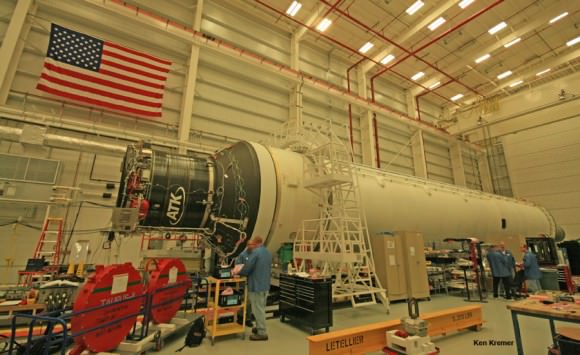
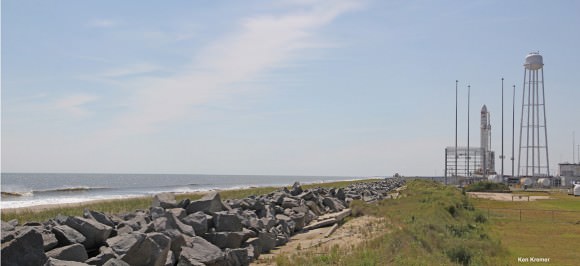
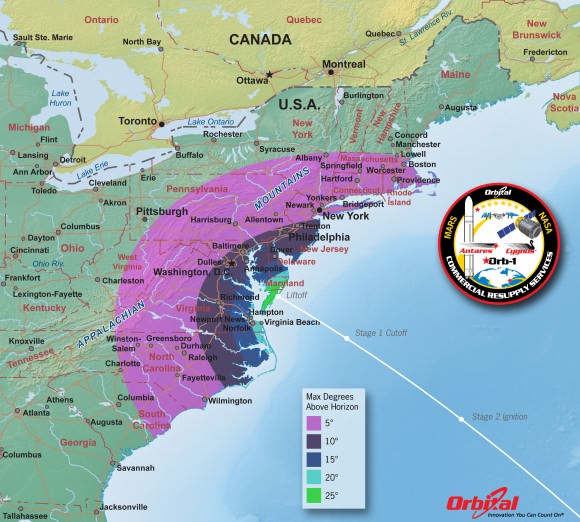
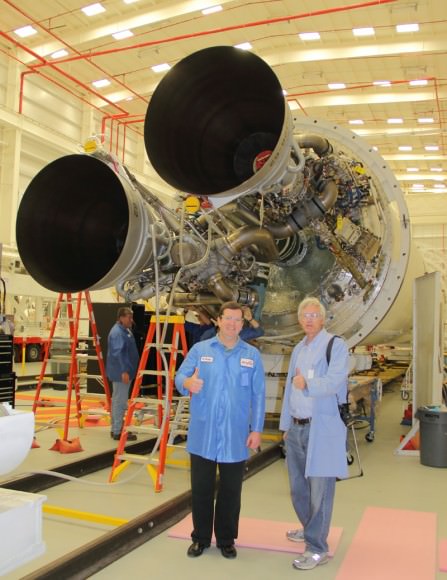
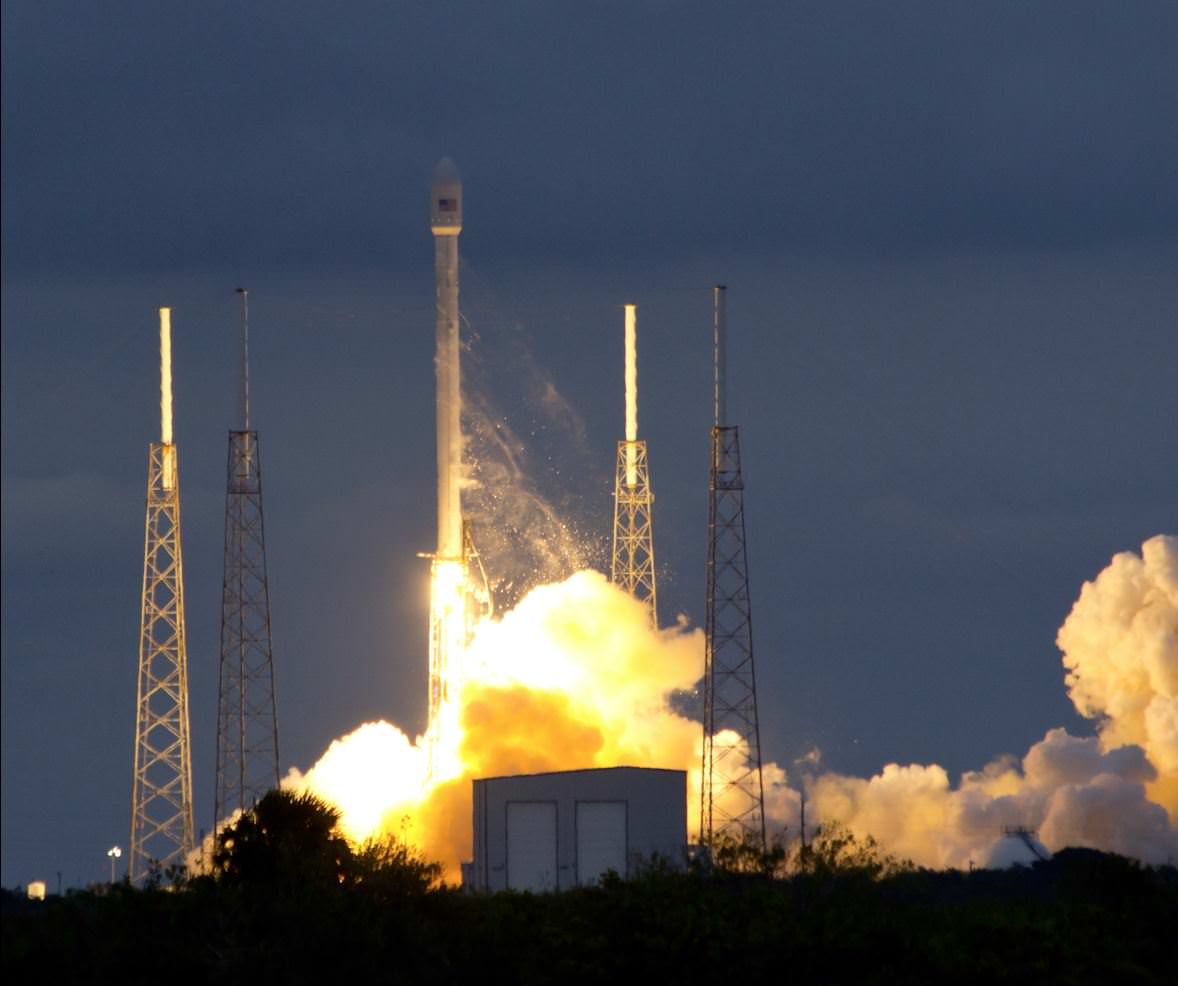
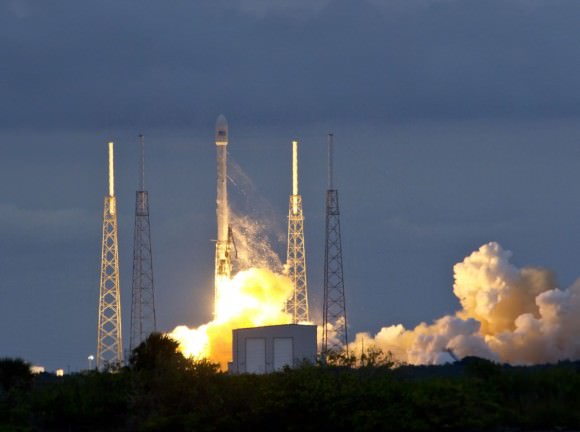
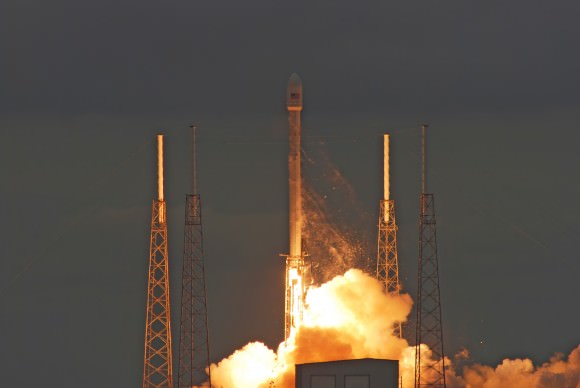
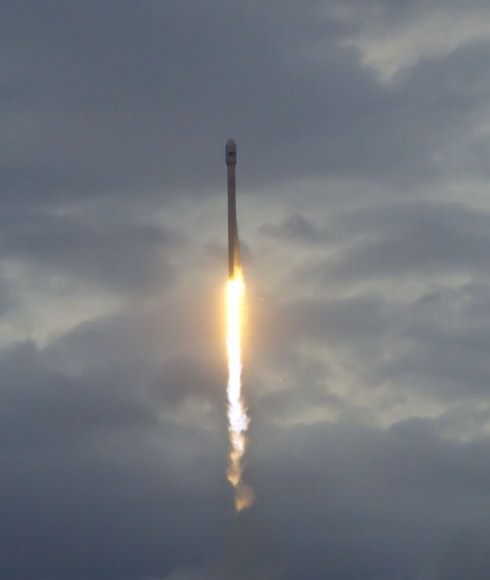
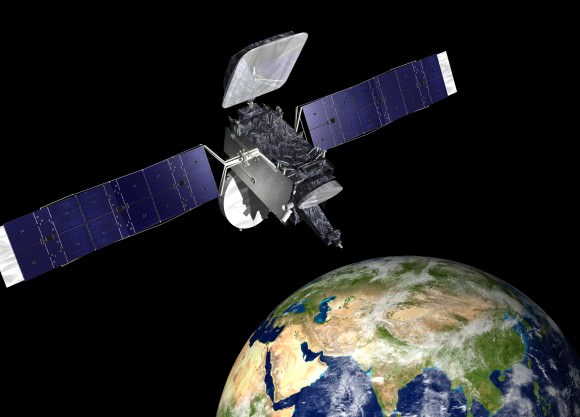
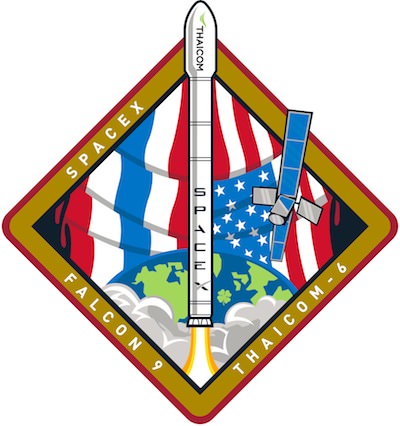
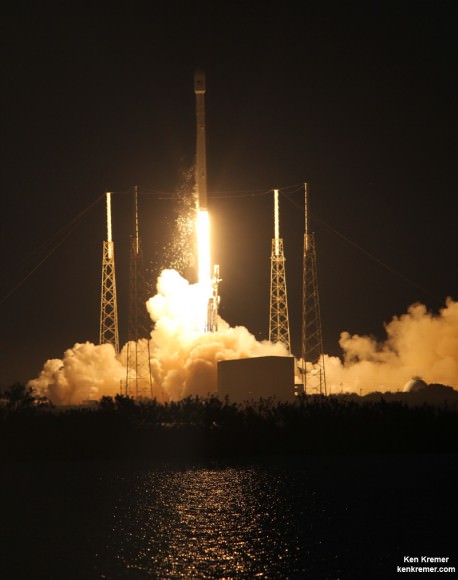
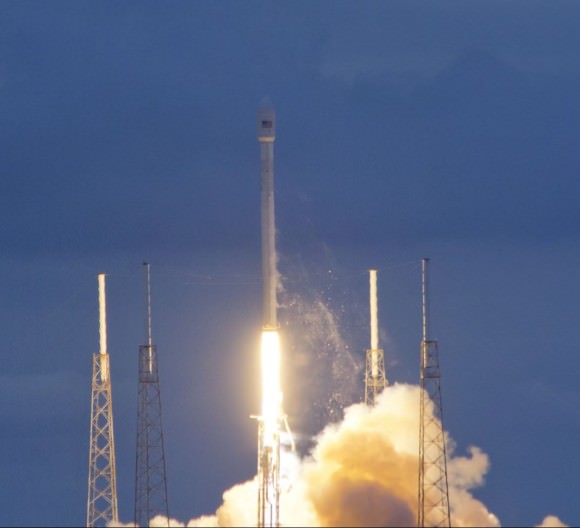
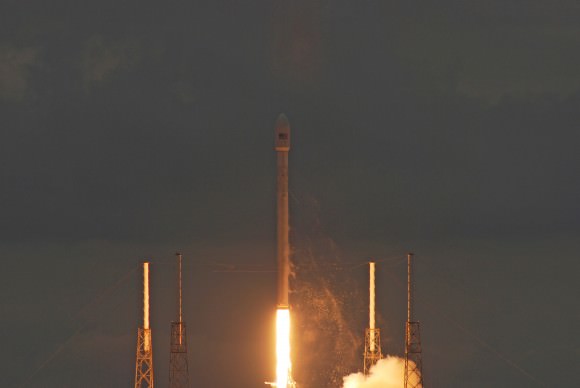
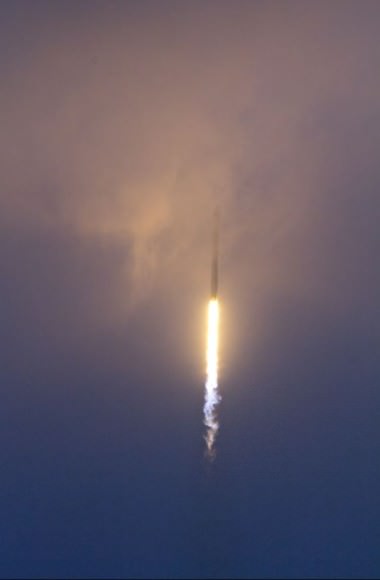
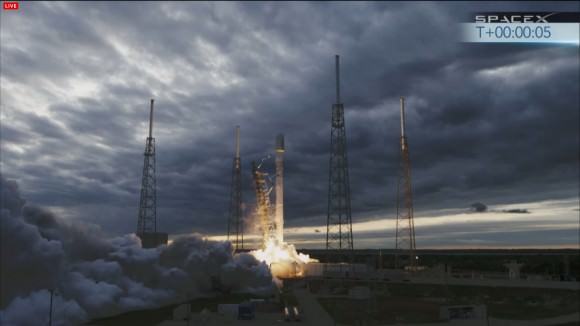
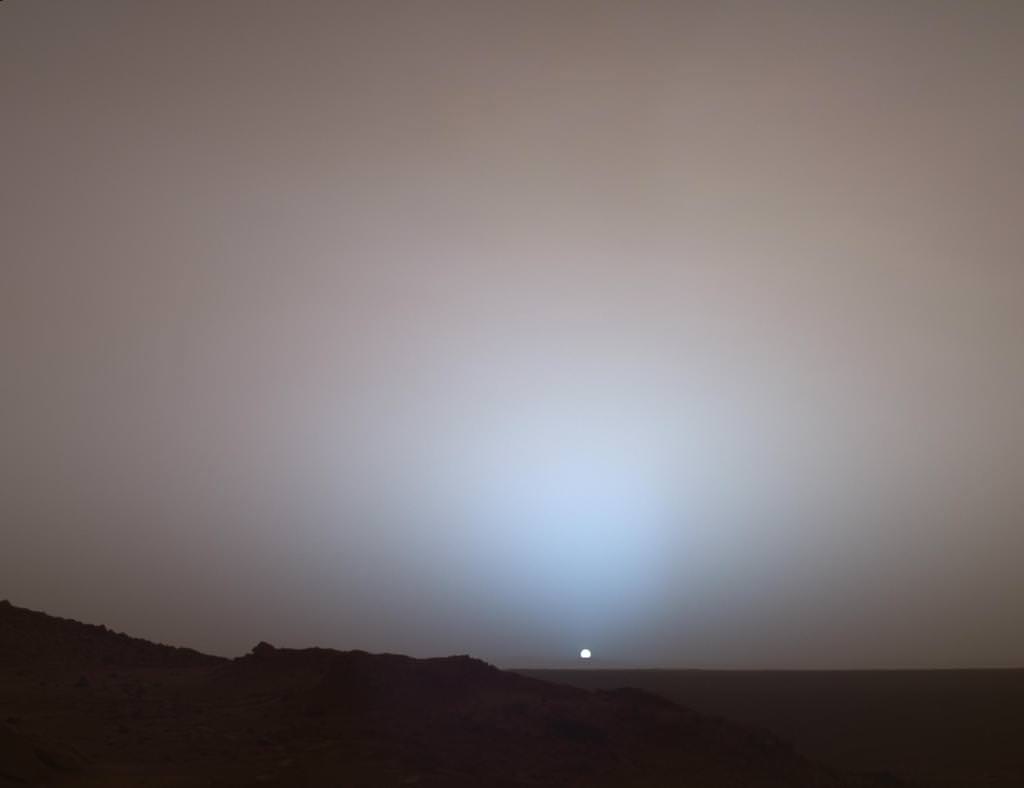
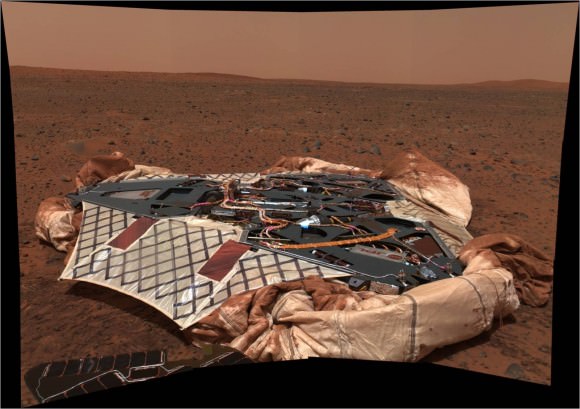
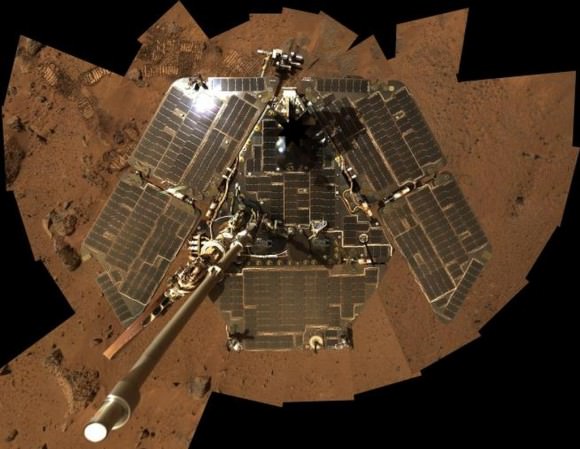
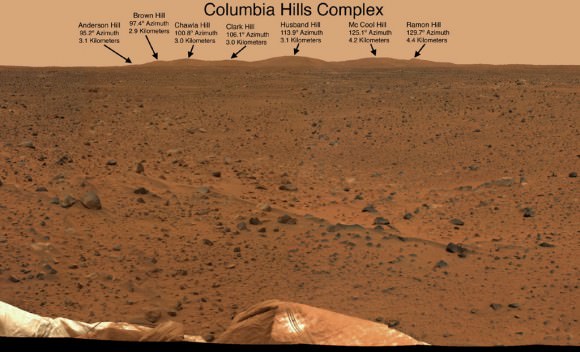

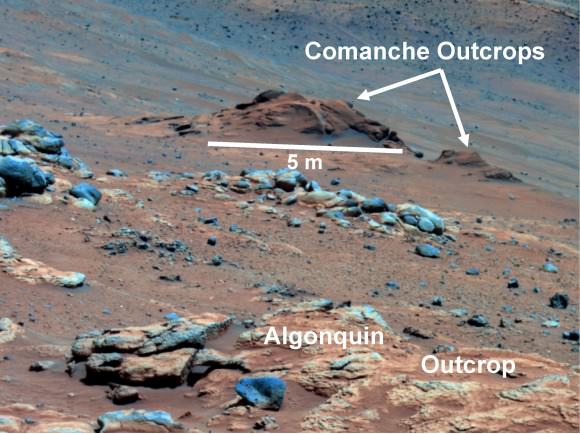

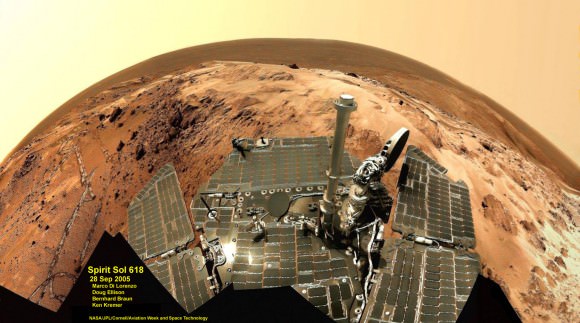

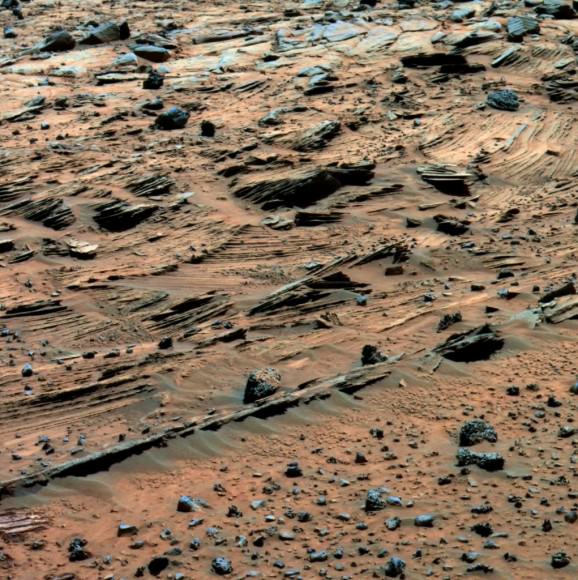
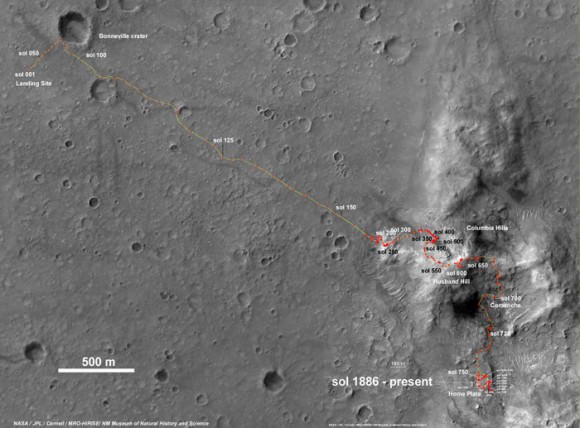

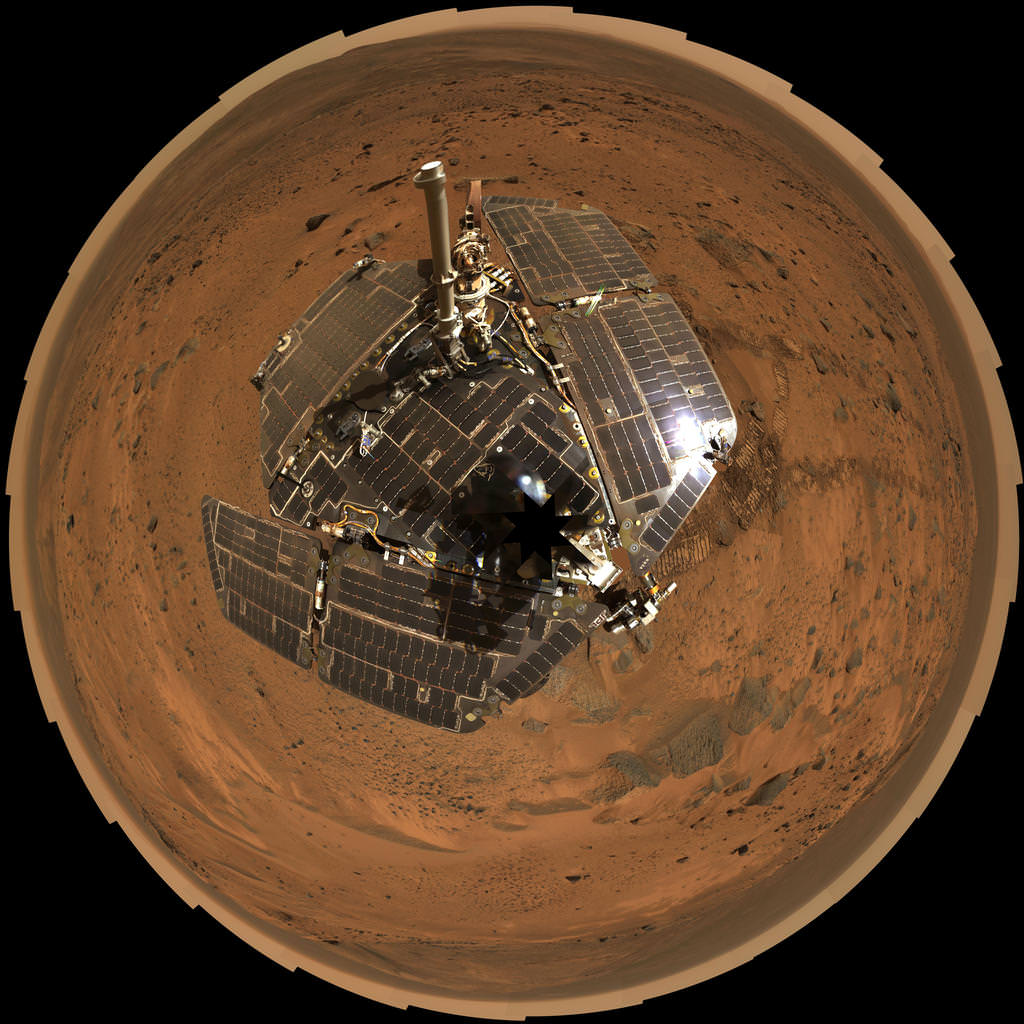


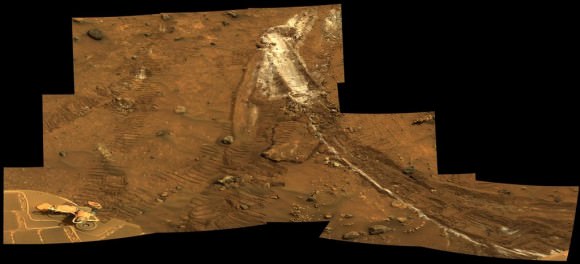
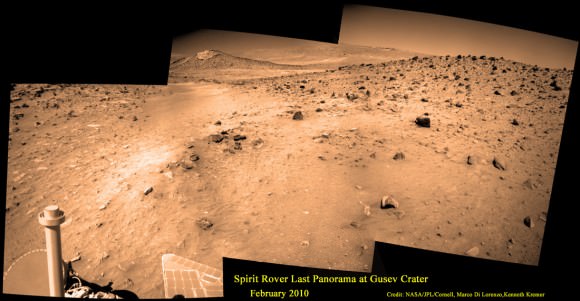
![MER10-SpiritAndOpportunity_ByTheNumbers[1]](https://www.universetoday.com/wp-content/uploads/2014/01/MER10-SpiritAndOpportunity_ByTheNumbers1-580x423.jpg)



